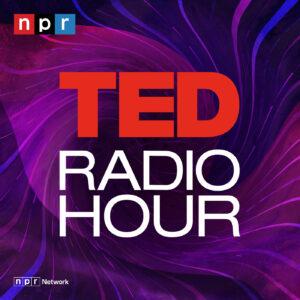
In this episode of “The Peter Attia Drive,” Peter Atia is joined by Dr. Micky Collins, an expert in sports-related concussions and the clinical and executive director of the University of Pittsburgh Medical Center Sports Medicine Concussion Program. They delve into the definition, diagnosis, signs, and symptoms of concussions, as well as the risk factors and potential treatments for this common injury.
Dr. Micky Collins explains that concussions occur when the brain shifts inside the skull, leading to a mismatch between energy demand and supply in brain cells. This mismatch causes the cells to struggle to operate, resulting in various symptoms and problems. Girls and adolescents have a higher vulnerability to concussions, and the recovery time can be longer for these populations. Proper diagnosis and categorization of the type of concussion are crucial for effective treatment.
Diagnosing a concussion relies on identifying signs such as loss of consciousness and symptoms like dizziness and fogginess. Immediate removal from play after showing signs or symptoms is critical for faster recovery. Each type of concussion requires a specific treatment approach, often involving vestibular and ocular motor retraining through physical therapy. Targeted exercises and exertion therapy can help patients regain their balance and reduce post-concussion symptoms.
Pre-existing conditions, such as migraines or vestibular problems, can increase the likelihood of getting concussed and experiencing specific symptoms. Patients who have suffered a concussion are more vulnerable to subsequent concussions, emphasizing the importance of proper management and recovery. Social isolation and minimal exercise are common among patients with head injuries, highlighting the need for support and rehabilitation. Older adults are at a higher risk of falls and concussions due to age-related brain changes and decreased motor control.
Concussions are a significant concern in sports and recreational activities, with proper diagnosis, treatment, and management being crucial for recovery. Dr. Micky Collins’ expertise sheds light on the various aspects of concussions, from understanding the underlying mechanisms to implementing effective treatment strategies. By raising awareness and providing specialized care, the medical community can help individuals with concussions regain their quality of life and safely return to the activities they love.